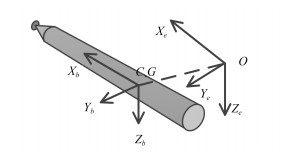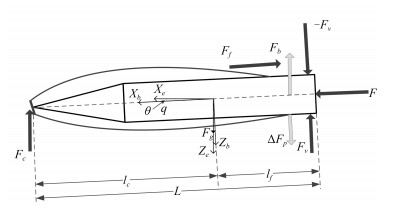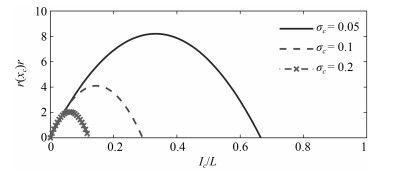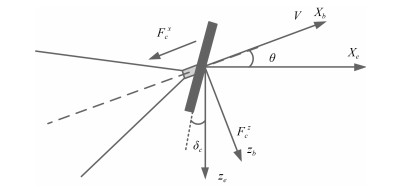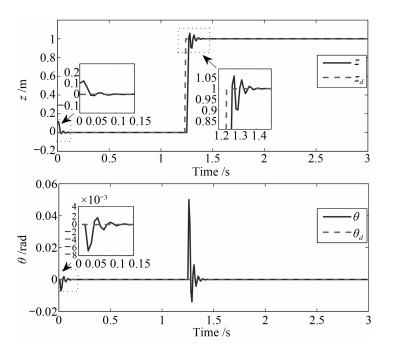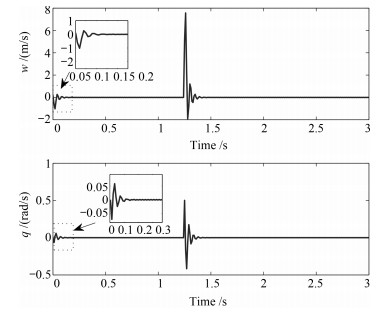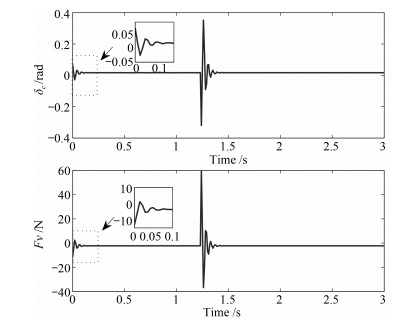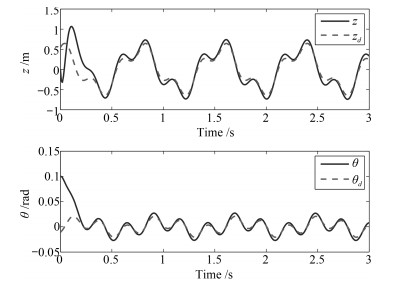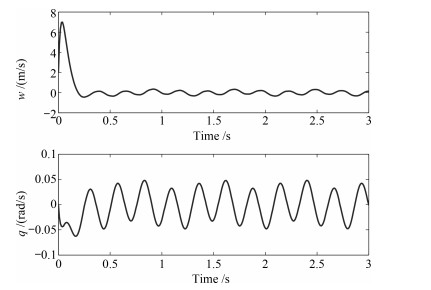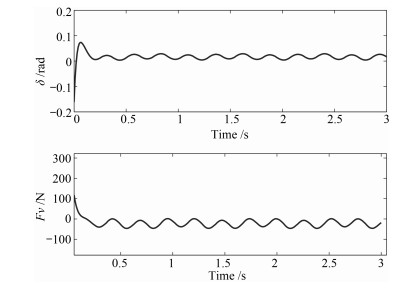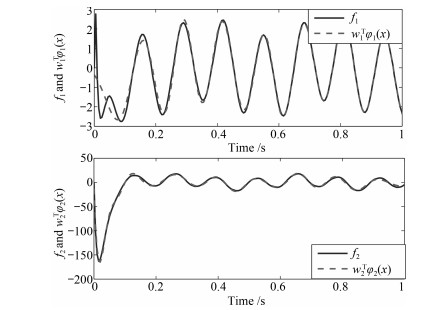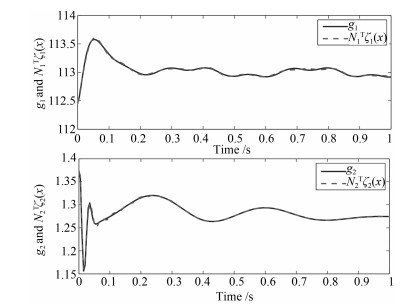|
[1]
|
Kirschner I N, Kring D C, Stokes A W, Fine N E, Uhlman Jr J S. Control strategies for supercavitating vehicles. Journal of Vibration and Control, 2002, 8(2): 219-242 http://d.old.wanfangdata.com.cn/OAPaper/oai_doaj-articles_f7aa13c4006388f458982fd8c3d1525b
|
|
[2]
|
Savchenko Y N. Investigation of high speed supercavitating underwater motion of bodies, High-speed motion in water, AGARD Report 827, 20-1-20-12, NASA 19980020552. NASA, USA, 1998.
|
|
[3]
|
Vanek B, Bokor J, Balas G. High-speed supercavitation vehicle control. In: Proceedings of AIAA Guidance, Navigation, and Control Conference and Exhibit. Keystone, CO, USA: AIAA, 2006.
|
|
[4]
|
Dzielski J, Kurdila A. A benchmark control problem for supercavitating vehicles and an initial investigation of solutions. Journal of Vibration and Control, 2003, 9(7): 791- 804 doi: 10.1177/1077546303009007004
|
|
[5]
|
Mao X F, Wang Q. Nonlinear control design for a supercavitating vehicle. IEEE Transactions on Control Systems Technology, 2009, 17(4): 816-832 doi: 10.1109/TCST.2009.2013338
|
|
[6]
|
Mao X F, Wang Q. Adaptive control design for a supercavitating vehicle model based on fin force parameter estimation. Journal of Vibration and Control, 2015, 21(6): 1220-1233 doi: 10.1177/1077546313496263
|
|
[7]
|
Li D J, Luo K, Huang C, Dang J J, Zhang Y W. Dynamics model and control of high-speed supercavitating vehicles incorporated with time-delay. International Journal of Nonlinear Sciences and Numerical Simulation, 2014, 15(3-4): 221-230 http://www.wanfangdata.com.cn/details/detail.do?_type=perio&id=ijnsns-2013-0063
|
|
[8]
|
Kawakami E, Arndt R E A. Investigation of the behavior of ventilated supercavities. Journal of Fluids Engineering, 2011, 133(9): Article No.091305
|
|
[9]
|
Sanabria D E, Balas G, Arndt R. Modeling, control, and experimental validation of a high-speed supercavitating vehicle. IEEE Journal of Oceanic Engineering, 2015, 40(2): 362-373 doi: 10.1109/JOE.2014.2312591
|
|
[10]
|
Yuan X L, Xing T. Hydrodynamic characteristics of a supercavitating vehicle's aft body. Ocean Engineering, 2016, 114: 37-46 doi: 10.1016/j.oceaneng.2016.01.012
|
|
[11]
|
Kim S, Kim N. Neural network-based adaptive control for a supercavitating vehicle in transition phase. Journal of Marine Science and Technology, 2015, 20(3): 454-466 doi: 10.1007/s00773-014-0298-6
|
|
[12]
|
Liu J K. Radial Basis Function (RBF) Neural Network Control for Mechanical Systems: Design, Analysis and Matlab Simulation. Berlin Heidelberg: Springer, 2013.
|
|
[13]
|
Park B S, Kwon J W, Kim H. Neural network-based output feedback control for reference tracking of underactuated surface vessels. Automatica, 2017, 77: 353-359 doi: 10.1016/j.automatica.2016.11.024
|
|
[14]
|
Wang T, Gao H J, Qiu J B. A combined adaptive neural network and nonlinear model predictive control for multirate networked industrial process control. IEEE Transactions on Neural Networks and Learning Systems, 2016, 27(2): 416-425 doi: 10.1109/TNNLS.2015.2411671
|
|
[15]
|
He W, Chen Y H, Yin Z. Adaptive neural network control of an uncertain robot with full-state constraints. IEEE Transactions on Cybernetics, 2016, 46(3): 620-629 doi: 10.1109/TCYB.2015.2411285
|
|
[16]
|
Sun C Y, He W, Ge W L, Chang C. Adaptive neural network control of biped robots. IEEE Transactions on Systems, Man, and Cybernetics: Systems, 2017, 47(2): 315-326
|
|
[17]
|
Sun T R, Pei H L, Pan Y P, Zhou H B, Zhang C H. Neural network-based sliding mode adaptive control for robot manipulators. Neurocomputing, 2011, 74(14-15): 2377-2384 doi: 10.1016/j.neucom.2011.03.015
|
|
[18]
|
Liu D R, Wang D, Zhao D B, Wei Q L, Jin N. Neural-network-based optimal control for a class of unknown discrete-time nonlinear systems using globalized dual heuristic programming. IEEE Transactions on Automation Science and Engineering, 2012, 9(3): 628-634 doi: 10.1109/TASE.2012.2198057
|
|
[19]
|
Li Y H, Qiang S, Zhuang X Y, Kaynak O. Robust and adaptive backstepping control for nonlinear systems using RBF neural networks. IEEE Transactions on Neural Networks, 2004, 15(3): 693-701 doi: 10.1109/TNN.2004.826215
|
|
[20]
|
Kwan C, Lewis F L. Robust backstepping control of nonlinear systems using neural networks. IEEE Transactions on Systems, Man, and Cybernetics — Part A: Systems and Humans, 2000, 30(6): 753-766 doi: 10.1109/3468.895898
|
|
[21]
|
Zhang T, Ge S S, Hang C C. Adaptive neural network control for strict-feedback nonlinear systems using backstepping design. Automatica, 2000, 36(12): 1835-1846 doi: 10.1016/S0005-1098(00)00116-3
|
|
[22]
|
Peng X G, Wu Y P. Large-scale cooperative co-evolution using niching-based multi-modal optimization and adaptive fast clustering. Swarm and Evolutionary Computation, 2017, 35: 65-77 doi: 10.1016/j.swevo.2017.03.001
|
|
[23]
|
Vanek B, Bokor J, Balas G J, Arndt R E A. Longitudinal motion control of a high-speed supercavitation vehicle. Journal of Vibration and Control, 2007, 13(2): 159-184 doi: 10.1177/1077546307070226
|
|
[24]
|
Peng X G, Liu K, Jin Y C. A dynamic optimization approach to the design of cooperative co-evolutionary algorithms. Knowledge-Based Systems, 2016, 109: 174-186 doi: 10.1016/j.knosys.2016.07.001
|




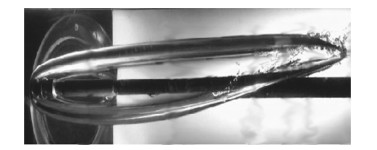
 下载:
下载:
